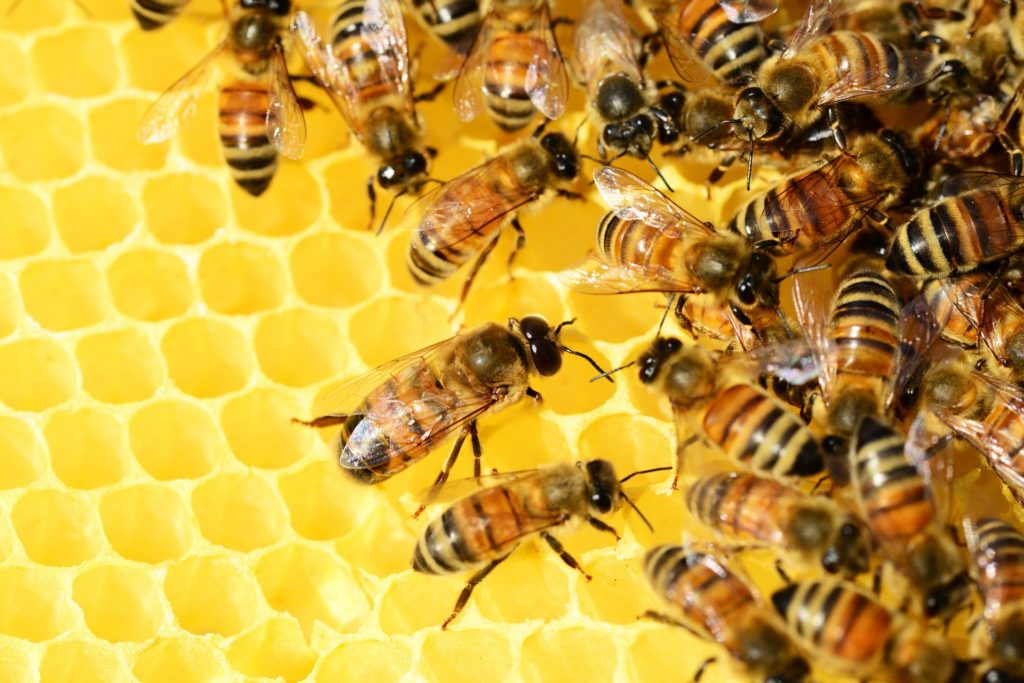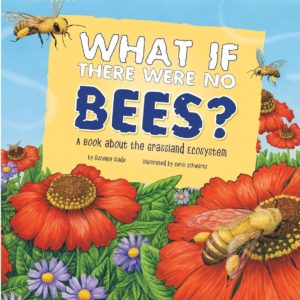
|
Suzanne Slade’s What If There Were No Bees? (Picture Window Books, 2010) emphasizes the importance of bees to ecosystems and food chains. Other titles in the series include What If There Were No Gray Wolves? and What If There Were No Sea Otters? Thought-provoking picture books for ages 5-8. |
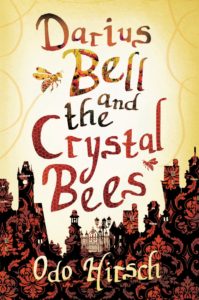
|
Odo Hirsch’s Darius Bell and the Crystal Bees (Allen & Unwin, 2012) does not, as I expected, feature magical crystal bees. Instead, the real bees are dying; the Bell estate – which raises fruits and vegetables – is threatened; and Darius sets out to solve the problem, despite opposition from a villainous mayor and difficult school principal. For ages 8-12. |
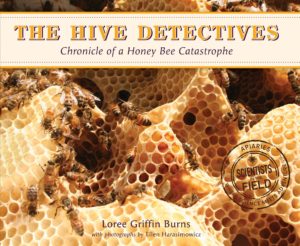
|
The Hive Detectives: Chronicle of a Honey Bee Catastrophe by Loree Griffin Burns (Houghton Mifflin Books for Children, 2010) tracks four scientists as they try to solve the current mystery of disappearing honeybees, a deadly phenomenon known as “colony collapse disorder” or CCD. Illustrated with color photographs; included is an excellent supplementary resource list. For ages 11 and up. |
|
From the New Yorker, Stung by Elizabeth Kolbert is an excellent article on bees and colony collapse disorder (CCD). |
|
Birds as well as bees? From Wired magazine, this article discusses concerns that the neonicotinoid pesticides implicated in colony collapse disorder may also be killing birds. |
|
From Forbes, Colony Collapse Disorder – The Real Story Behind Neonics and Mass Bee Death argues that there may be more to CCD than a pesticide problem. |
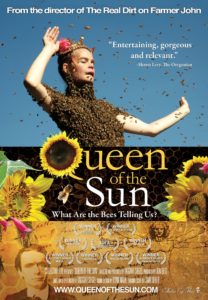 |
Queen of the Sun (2010) is a documentary on the global bee crisis, with appearances by beekeepers, entomologists, and historians, among them Michael Pollan and May Berenbaum. |
|
The Foundation for the Preservation of Honey Bees sponsors an annual bee-based essay contest for students. They also have a list of resources for kids. |
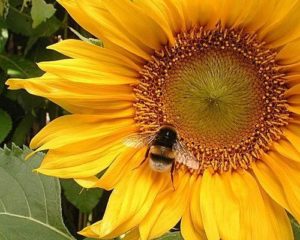 |
The Great Sunflower Project is an annual citizen-science project in which participants plant “bee-magnet” plants – such as sunflowers – and count the visiting bees. All ages welcome. |
|
Bee Hunt, funded by the U.S. Department of the Interior and the National Science Foundation, is a citizen science project studying pollinators – including the all-important bee. Find out how to participate at the website. |
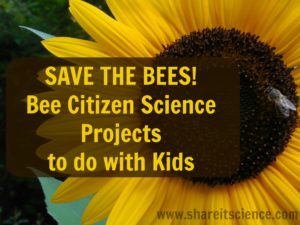 |
For more bee-related citizen science projects, see PollinatorLive. The site includes links and brief descriptions of citizen science projects surveying bees, butterflies, birds, and more. (Volunteer!) |







